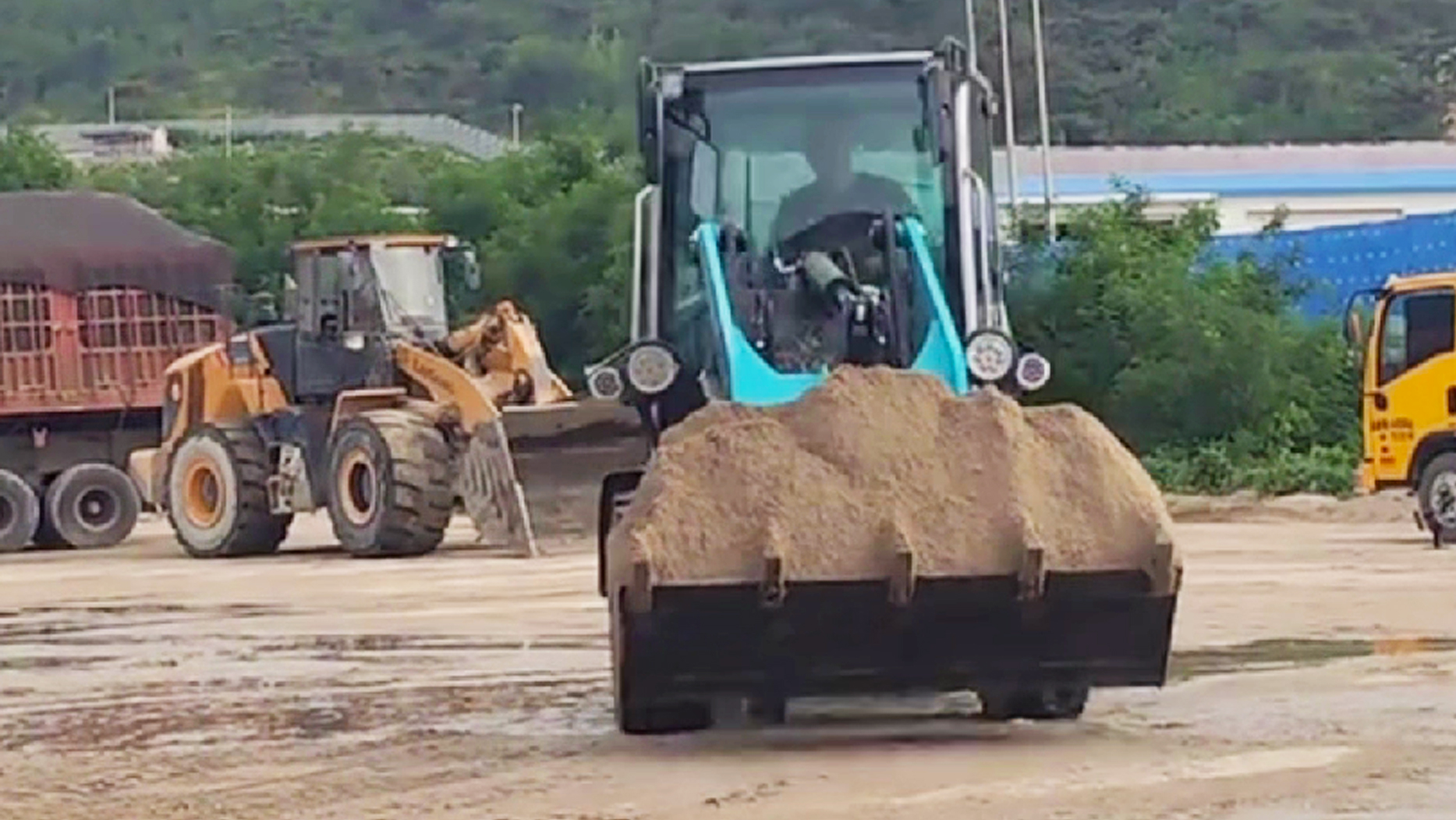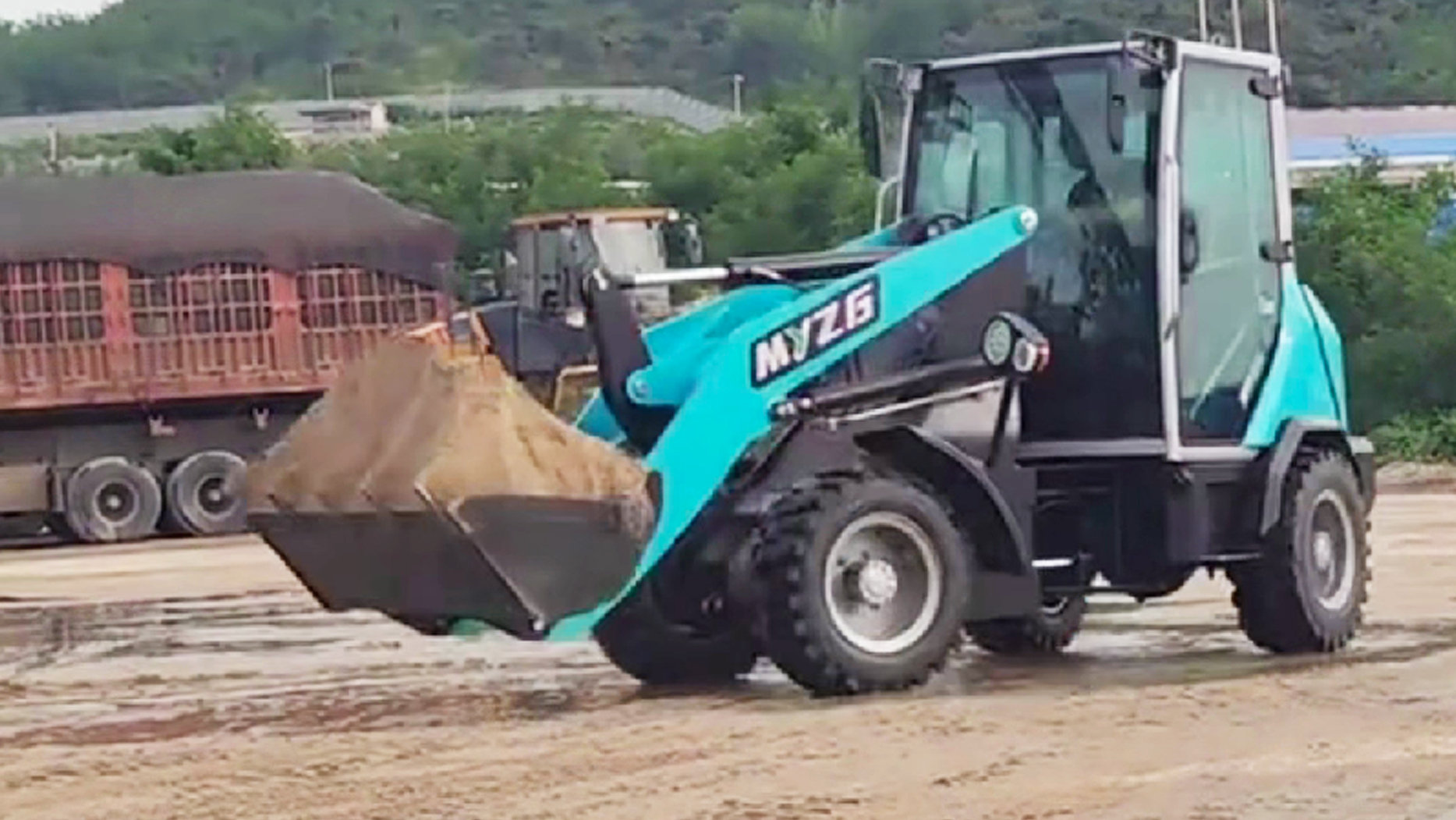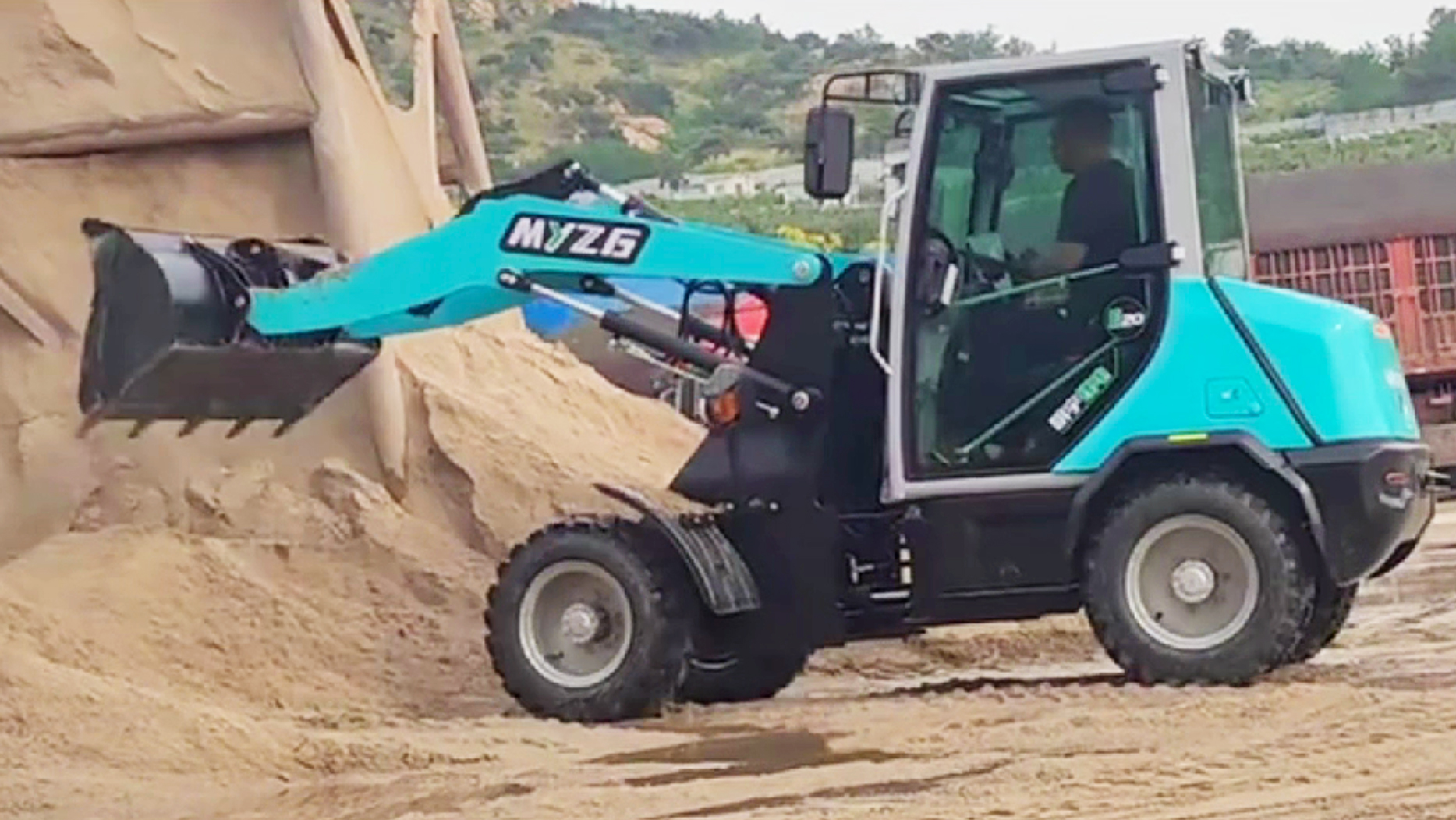I. Introduction
In the bustling world of construction and heavy machinery, a common misconception often arises: the conflation of backhoe loaders and wheel loaders. While both machines are essential to numerous projects, they are fundamentally different in design and function. This article aims to definitively answer the question, "Is a backhoe a wheel loader?" The resounding answer is no. We will explore the key differences that set these machines apart, from their distinct designs to their specialized applications. By understanding these distinctions, we can ensure accurate terminology and efficient equipment selection, ultimately optimizing project outcomes. Clear definitions are paramount in the heavy machinery industry to ensure that the correct equipment is used for the correct task, leading to safer and more efficient work sites.
II. Defining the Fundamental Differences
A backhoe loader is a versatile machine characterized by its dual-purpose design. It features a front-mounted loader bucket for material handling and a rear-mounted articulated backhoe arm for digging.
The articulated backhoe arm allows for precise digging, trenching, and excavation at various angles and depths, making it highly adaptable.
Typical uses include utility work, trenching, digging foundations, and general material handling in smaller to medium-sized construction projects.
B. Wheel Loader: is a backhoe a wheel loader?
A wheel loader, also known as a front-end loader, is a heavy machine designed primarily for moving large volumes of material. It features a single, large, front-mounted bucket.
Its design focuses on efficient scooping, lifting, and transporting materials over short to medium distances.
Typical uses include mining, quarrying, large-scale earthmoving, and industrial material handling.
C. Explicit statement: These are distinct machines, not variations of the same type. The addition of the backhoe arm to one, creates a completely different machine, and changes the purpose of the machine.
III. The Crucial Distinction: The Backhoe Arm
A. Detailed analysis of the backhoe arm's functionality and its impact on the machine's capabilities:
The backhoe arm's range of motion allows for deep digging, precise trenching, and the ability to reach below ground level, a capability absent in wheel loaders.
It excels in precision digging, allowing operators to excavate around utilities and in confined spaces, unlike the wheel loader's primary function of bulk material movement.
B. Comparison of the backhoe arm's versatility versus the wheel loader's bucket:
The backhoe arm can accommodate a wide array of attachments, including breakers, augers, grapples, and specialized buckets, expanding its functionality beyond simple digging.
The wheel loader, while adaptable to different bucket types, is fundamentally limited to scooping and moving materials. The backhoe simply has far more available attachments.
The digging capabilities of the wheel loader are limited to scooping and moving loose material, where as the backhoe can dig deep and with precision.
C. Explain that the addition of the backhoe arm, completely changes the purpose of the machine: The backhoe arm transforms the machine from a primarily material moving machine, to a versatile digging and loading machine. This is the primary difference.
IV. Loader Functionality: Shared and Distinct
A. Acknowledging the shared loader function of both machines: Both backhoe loaders and wheel loaders feature a front-mounted loader bucket, enabling them to handle materials.
B. Comparing the loader's role in each machine's overall operation:
In a backhoe loader, the front loader is often a secondary function, complementing the primary digging capabilities of the backhoe arm.
In a wheel loader, the loader bucket is the machine's defining feature, driving its primary function of efficient material movement.
C. Bucket size, shape and use differences: Wheel loader buckets are generally much larger, and designed for moving large amounts of loose material. Backhoe buckets are usually smaller, and often designed for digging.
V. Applications and Specialized Roles
A. Detailed breakdown of typical backhoe loader applications:
Backhoe loaders are commonly used in utility work, such as laying pipes and cables, due to their ability to dig trenches and handle materials in confined spaces.
They are also ideal for smaller construction projects, landscaping, and general site preparation, where versatility is crucial.
B. Detailed breakdown of typical wheel loader applications:
Wheel loaders are essential in mining and quarrying operations, where they move large volumes of ore, gravel, and other materials.
They excel in large-scale earthmoving projects, such as road construction and site development, where efficiency in material transport is paramount.
C. Why attempting to use a wheel loader for backhoe work, and vice versa, is inefficient and often ineffective: Attempting to use a wheel loader for precision digging or trenching is inefficient and can damage utilities. Similarly, using a backhoe for large-scale material moving is slow and inefficient.
VI. Conclusion: Clarity and Understanding
In conclusion, a backhoe is definitively not a wheel loader. The fundamental difference lies in the backhoe arm, which transforms the machine's functionality from primarily material movement to a versatile digging and loading tool. Understanding these distinctions is crucial for accurate terminology and efficient equipment selection in the construction industry. Misunderstandings can lead to costly mistakes, such as using the wrong machine for the job, resulting in delays, increased costs, and potential safety hazards. By recognizing the unique capabilities of each machine, professionals can optimize project outcomes and ensure safe and efficient operations.
Post time:Apr.03.2025



